Christchurch’s street art murals to life. Plain Sight’s creators, Sam Evans and Adrian
Taylor, are passionate about emerging virtual technologies and believe that
augmented reality is the perfect way to deliver an innovative, interactive experience.
Evans Taylor Digital wants to help revitalise the Christchurch CBD and see street art
murals as a fun way to give the city centre a unique identity. The Plain Sight app is
free and available on the App Store and Google Play Store. Download Plain Sight, click
the augment button and aim your smartphone at one of the many murals. The app
gives the amazing artwork added layers of interactivity, colour and playfulness.
Plain Sight showcases many individual murals. The app’s designers worked closely
with artists to ensure murals have a unique animation that matches the style of the
artwork and doesn’t detract from any of its originality. The Plain Sight app brings
these impressive murals to residents, visitors, and a worldwide audience. People
anywhere can download the Plain Sight app, visit the App Store on your iPhone or the
Google Play Store on your android smartphone.
Evans Taylor Digital gives special thanks to Christchurch City Council and the
Christchurch Airport for funding this project. Also, they thank Watch This Space for
helping to connect and build relationships with the street artists. Their support made
the app possible.
Website:
http://evanstaylor.digital/plain-sight/
Google Play Store:
https://play.google.com/store/apps/details?id=digital.evanstaylor.android.plainsight
Apple App Store:
https://apps.apple.com/nz/app/plain-sight/id1476782472
Evans Taylor Digital
49 Ferry Rd, CHCH
[email protected]
https://www.facebook.com/evanstaylordigital/
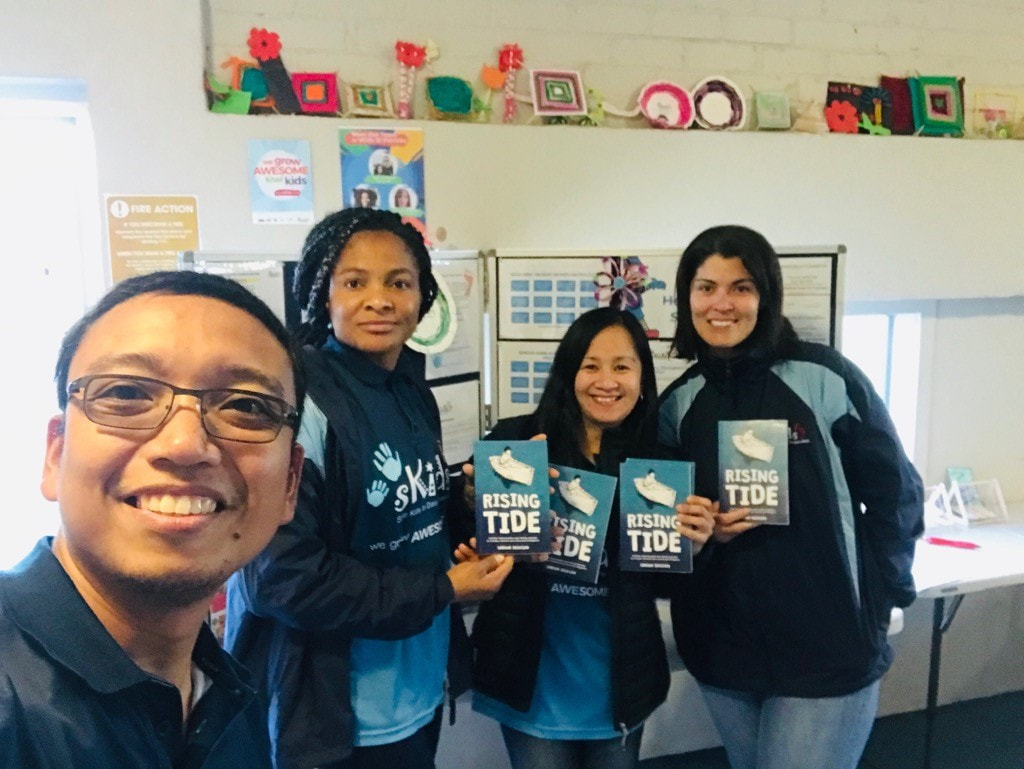
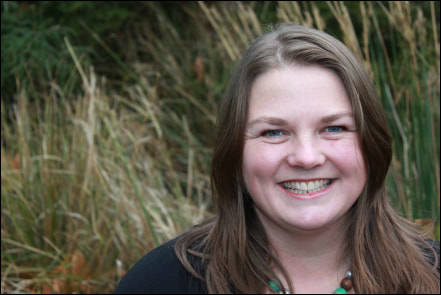
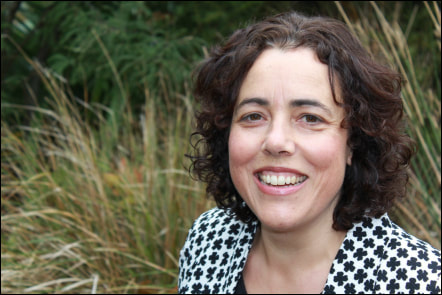
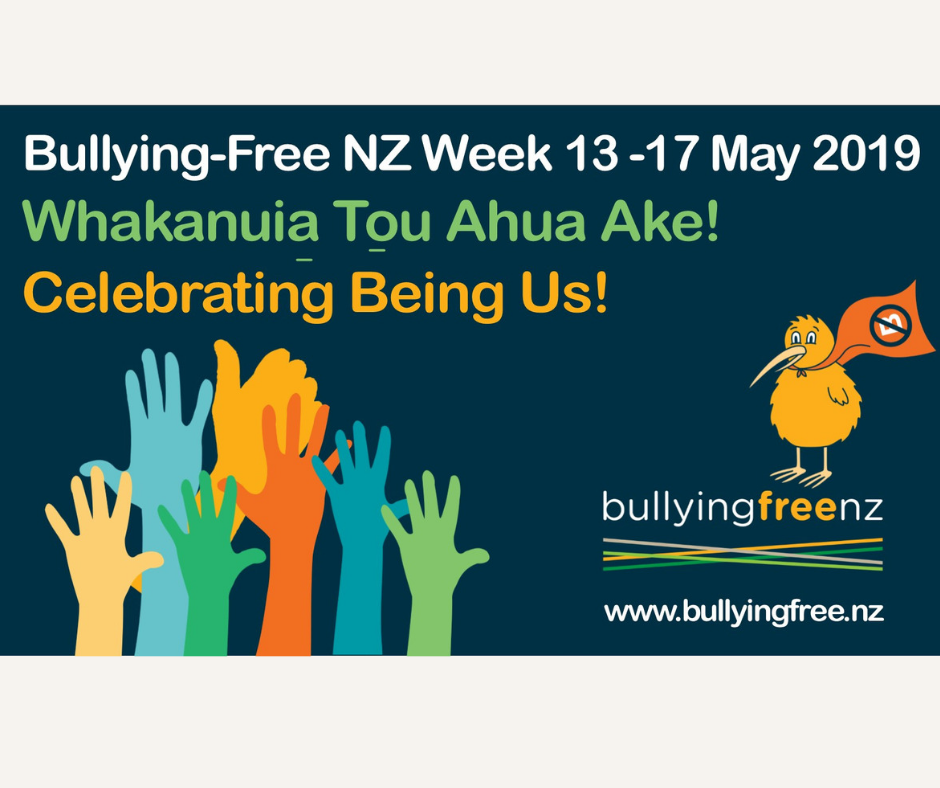
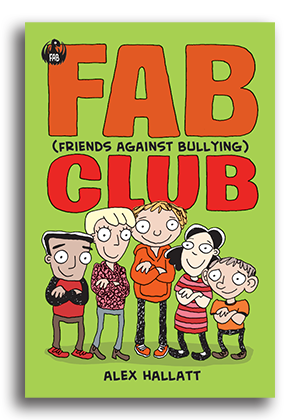



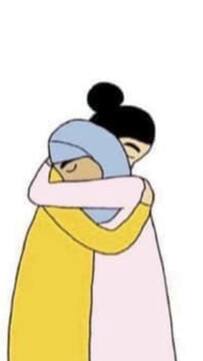
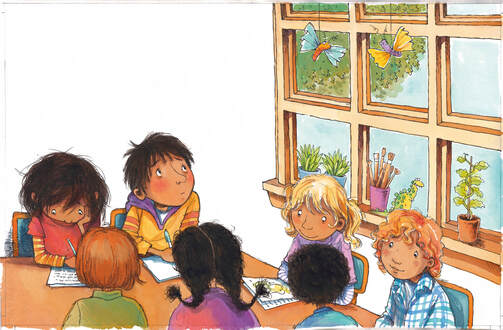
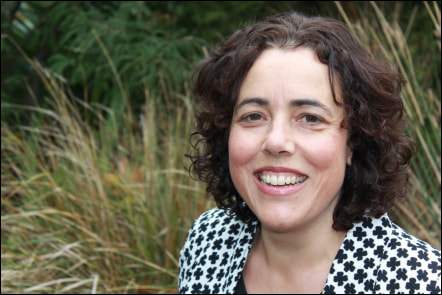
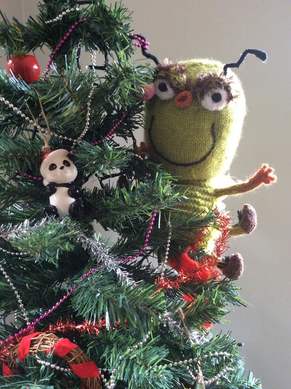
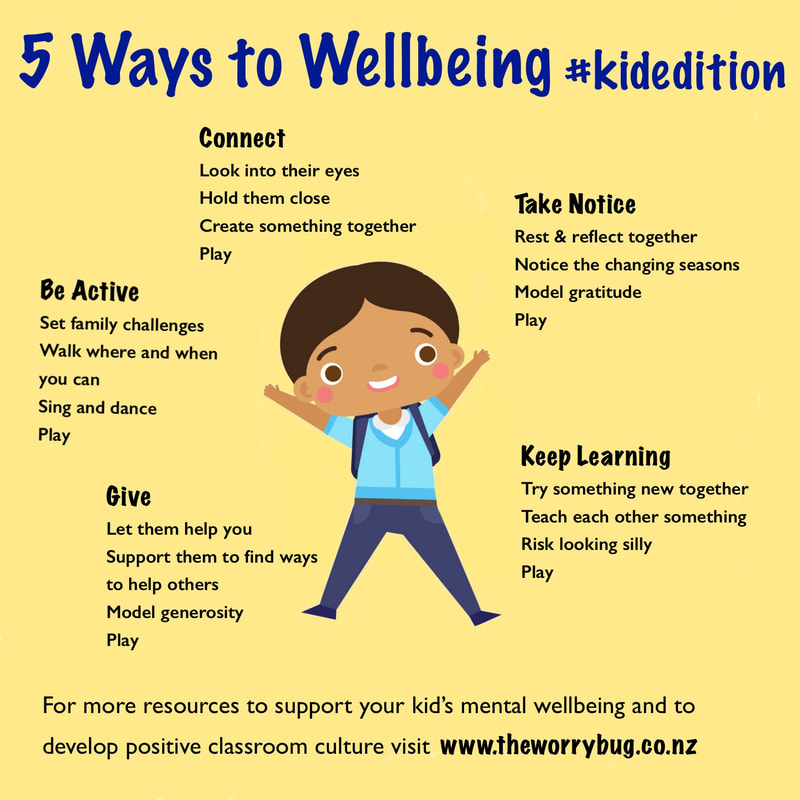
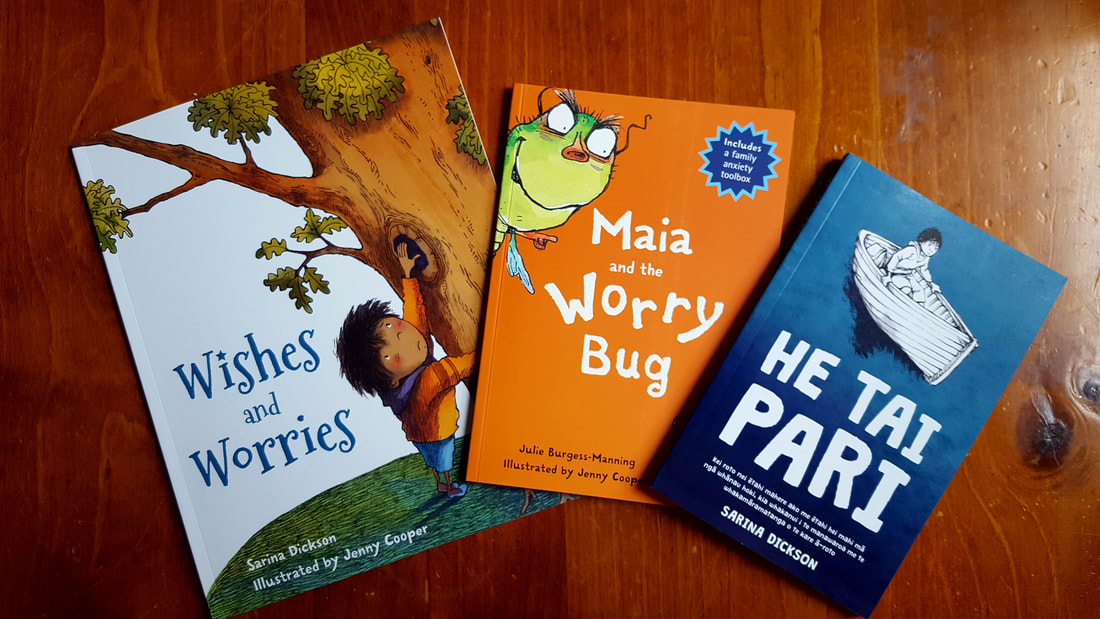
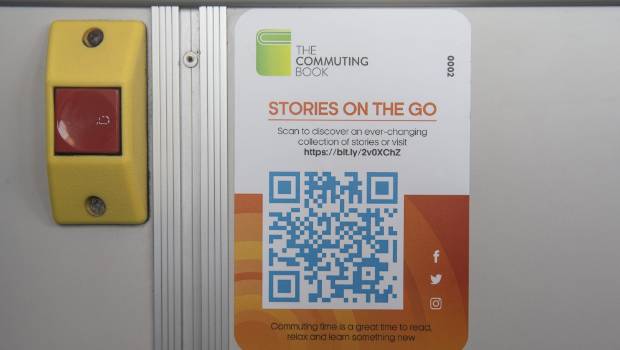
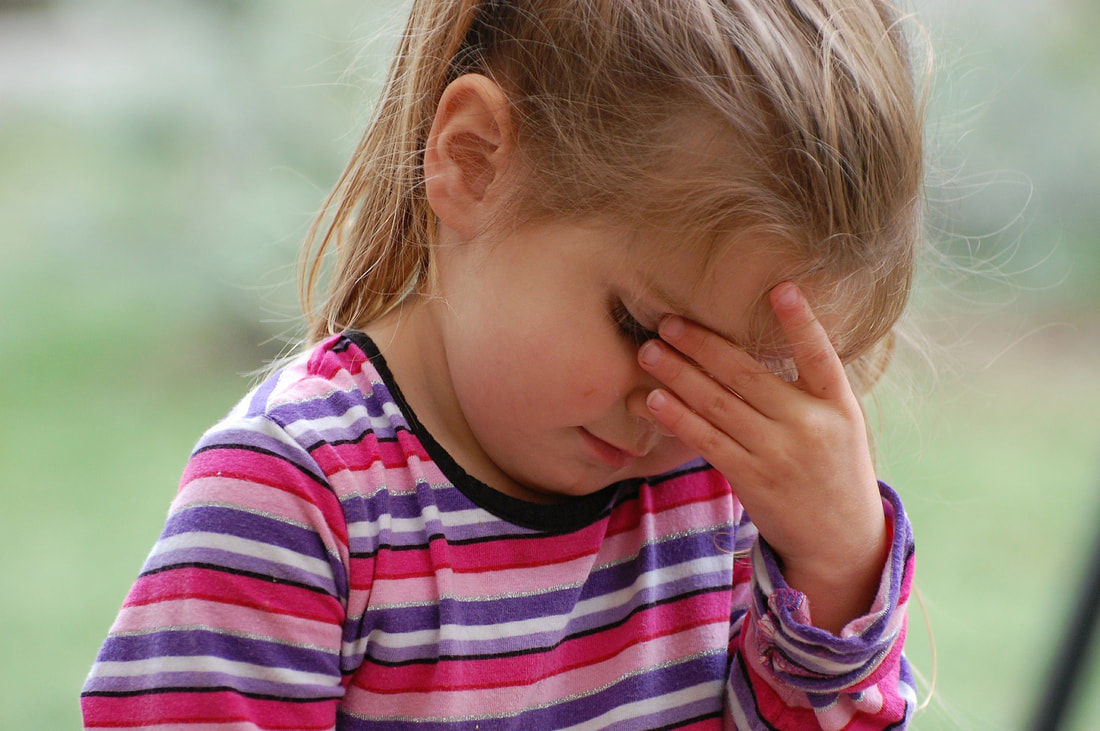
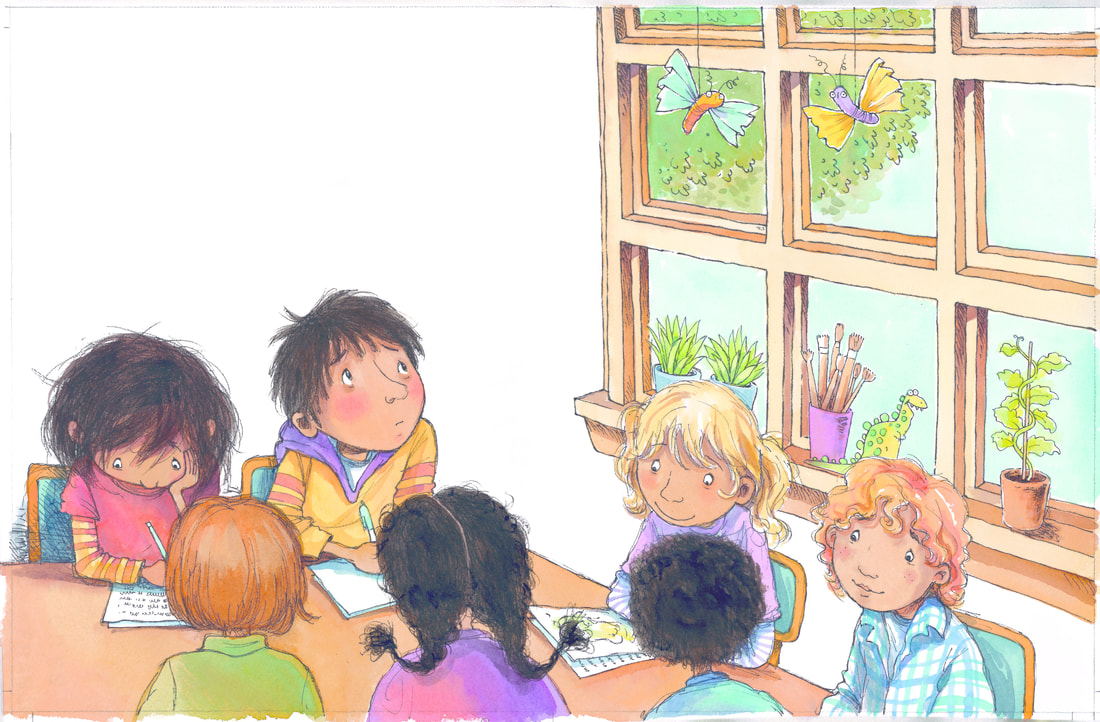
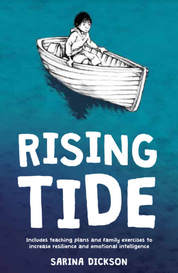

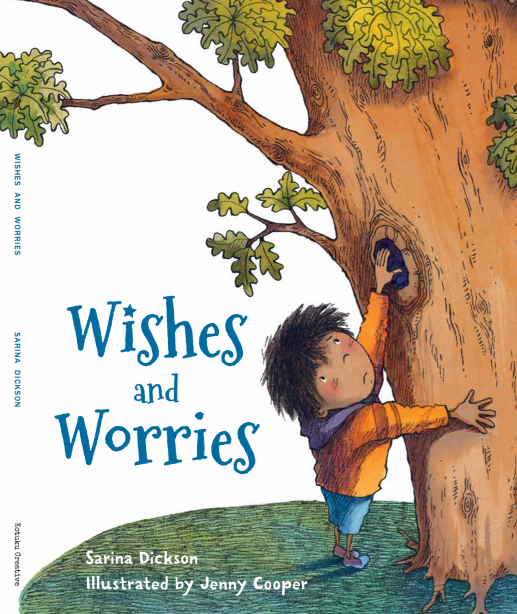
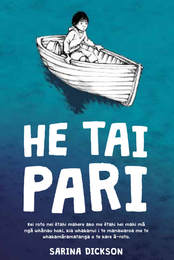



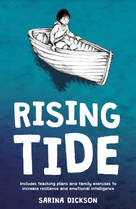

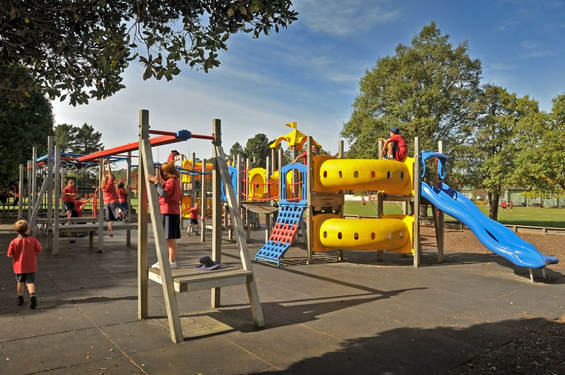
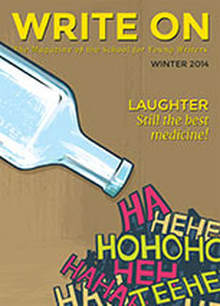
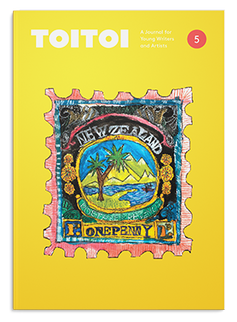



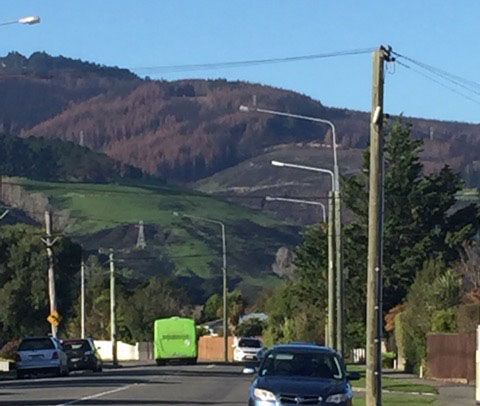

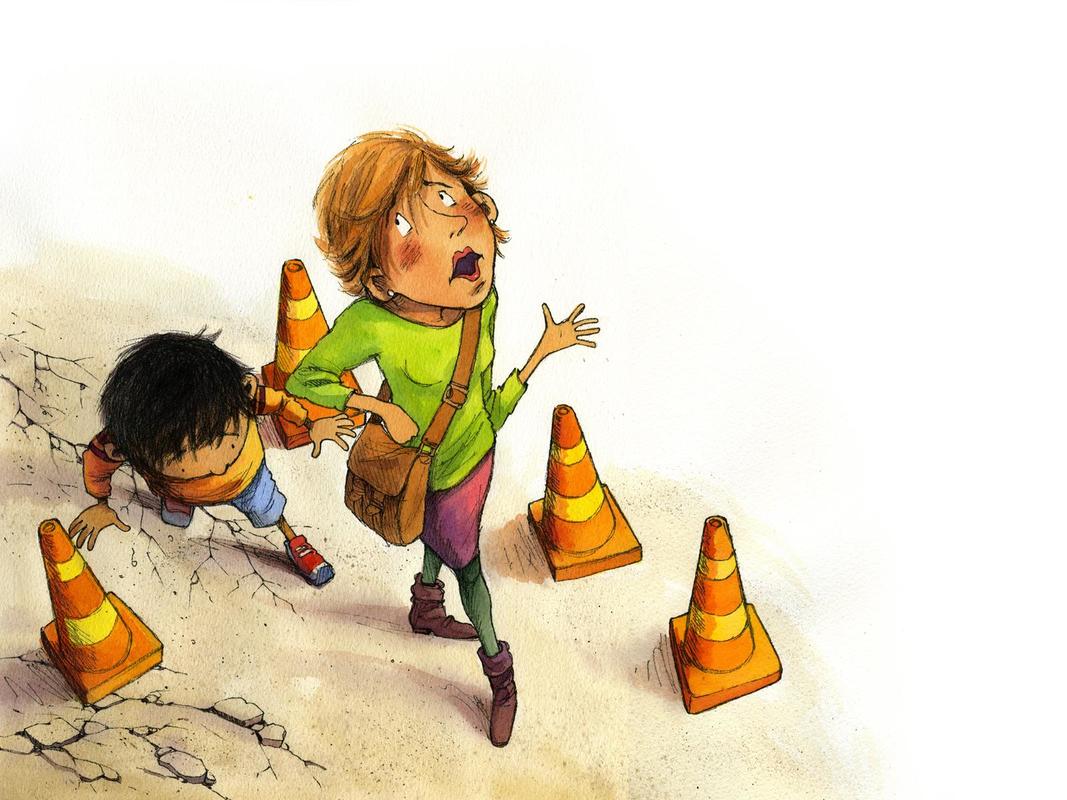
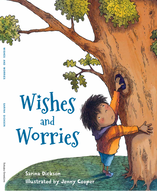
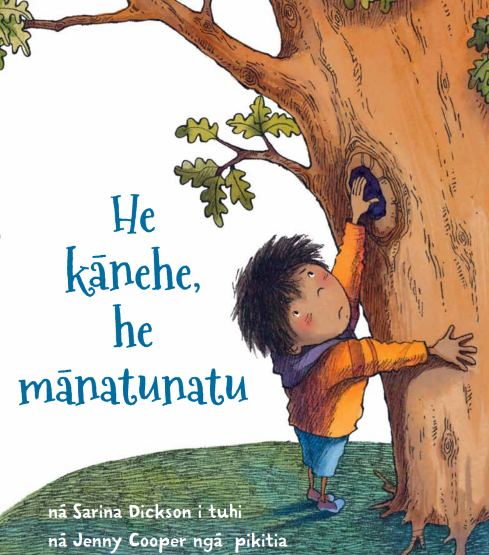
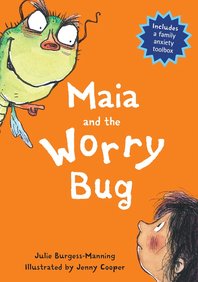
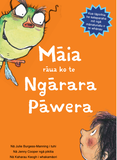
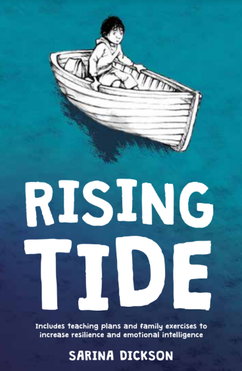
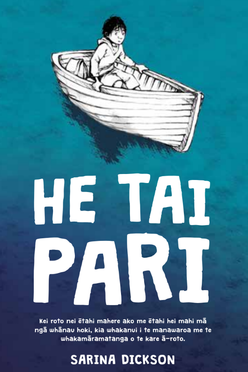
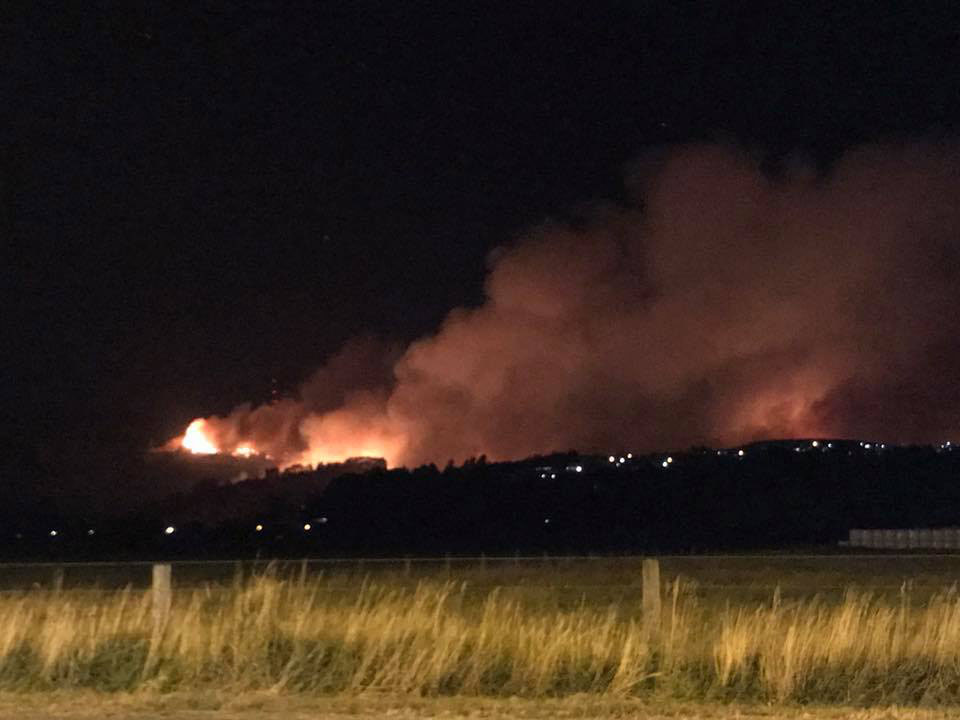
 RSS Feed
RSS Feed